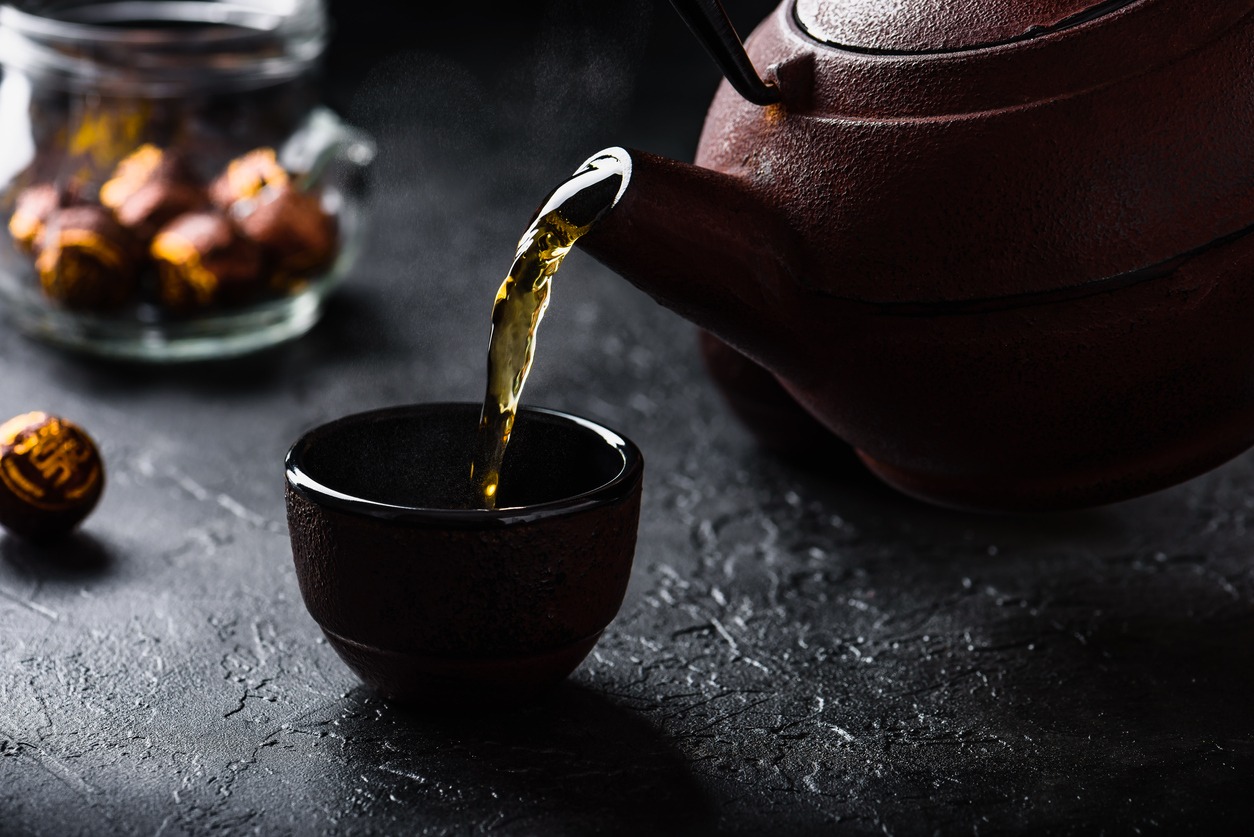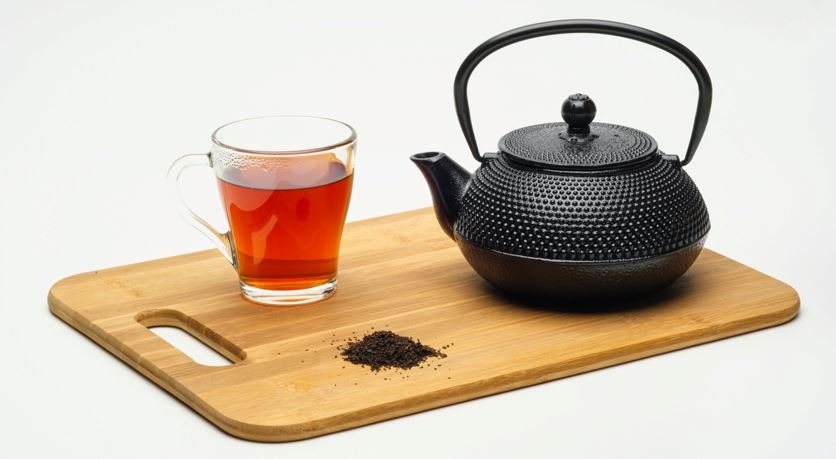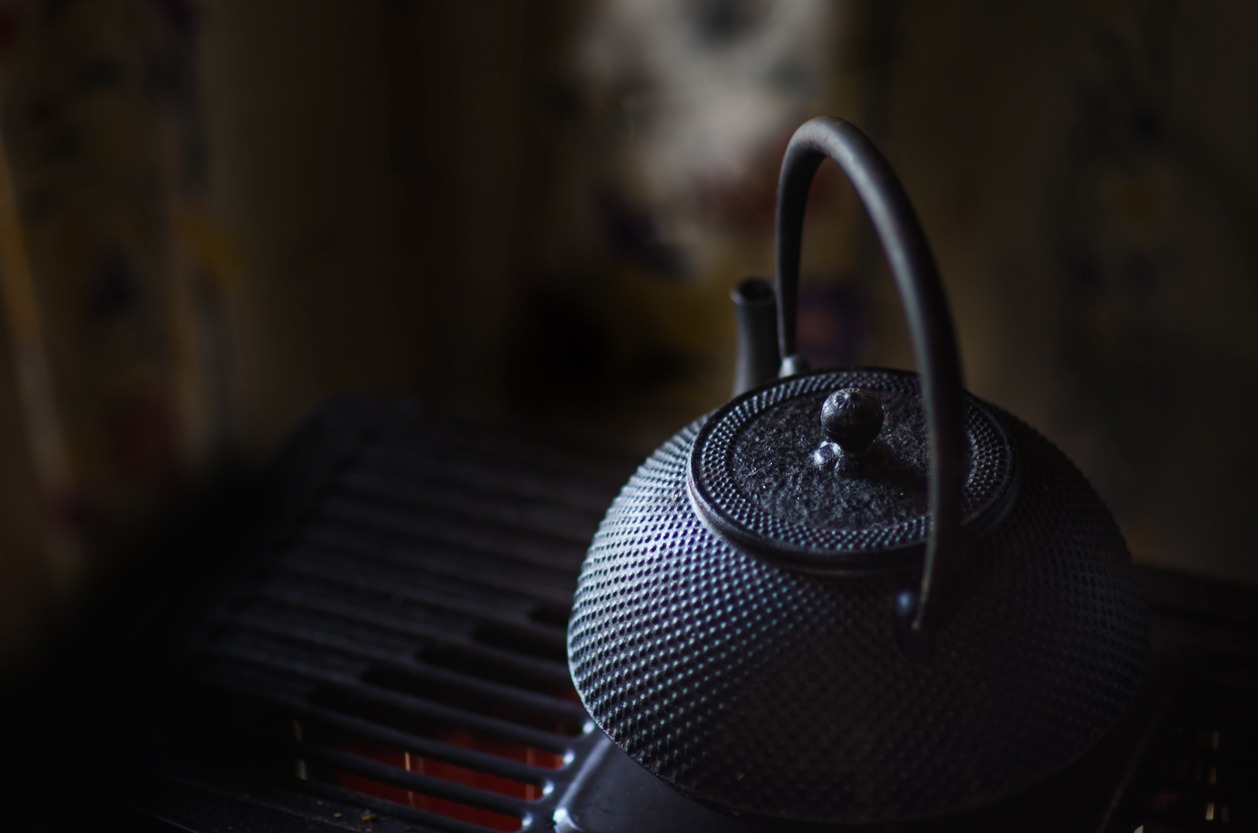While more people are switching to modern conveniences, such as an electric kettle, in making tea, many still prefer the old-school process of boiling water or tea on the stovetop.
Some would even love to use retro cast iron kettles to capture the traditional way of boiling tea. Others love the Far Eastern tea-making aesthetic since they see drinking tea as “Zen” — meditative, calming, and peaceful. The Just Teazen tea kettle, known for its Japanese cast iron tea kettles (tetsubin) with tasteful Oriental designs, will surely enhance the tea experience.
If you choose to use a conventional tea kettle, you might as well look at the reasons why a cast iron tea kettle is suitable for you, especially if drinking tea is your everyday habit.
Cast iron tea kettles are some of the oldest types of kettles in existence. They are highly valued by manufacturers and users alike because of the benefits they provide.
Here are some of the most notable benefits of using a cast iron kettle:
- It is non-toxic – Plastic, as the standard material of many electric kettles, releases toxic chemicals, especially when it comes in contact with hot water. The chemical bisphenol becomes 55 times more toxic when filled with boiling water than filled with cold or room-temperature water. On the other hand, cast iron kettles are non-toxic; thus, your beverages will be safe and free of such harmful chemicals. Cast iron is natural and one of the earliest metals used in making kitchenware. The iron content even adds to your brewed tea and other beverages. The material in both tetsubin and enamel-lined kettles develop a patina – a brownish or greenish film formed in certain metals due to oxidation – over time. This residue further enhances the flavors of your tea, making it a richer-tasting beverage.
- It is durable – Again, cast iron is one of the earliest metals used in making kitchenware. You can even find ancient and antique cast iron kettles, a testament to cast iron’s durability and reliability. Rust can sometimes be a problem, though, so it is important to keep your cast iron kettle dry and free from moisture when it’s not in use. In case it does develop rust, try to boil water in the kettle and mix it with lemon juice and baking soda to fix the issue.
- It can retain heat well – No one likes lukewarm tea, but keeping your tea hot is a usual problem. When the tea in your cup starts to cool off, you can easily warm it up again with some hot water from the cast iron kettle. A cast iron kettle heats the water faster and distributes the temperature more evenly, so your tea or any other beverage stays hot for longer periods. You and your friends can enjoy more cups of tea from one heated kettle of water!
- It enhances the tea’s flavors – A cast iron kettle really brings the tea’s flavors to life. You don’t need to add more flavor to your tea. While a cast iron kettle does the work of enhancing the tea’s flavor, it doesn’t damage the tea leaves. If you want to have the best-tasting tea, you should brew it with a cast iron kettle.
- The water tastes much cleaner when boiled in a cast iron kettle – Many users of cast iron kettles swear that the water tastes a lot cleaner and fresher, just with a slightly sweet taste, compared to water boiled in other types of kettles. But you don’t have to take their word for it! Purchase or order a cast iron kettle and see the results for yourself.
- It is versatile – Cast iron may be heavier than other metals. However, its versatility is worth the extra weight. You may be surprised that you can use a cast iron kettle in ways other than brewing water or tea. You can also make hot chocolate or other beverages and even cook oatmeal in it.
- Cast iron can be made into different shapes – The material, cast iron, can be molded into a number of different shapes and forms. That’s why cast iron kettles come in various gorgeous designs, making your tea setting look more attractive.
How to use a cast iron kettle in brewing tea?
To preserve the flavor of your tea, you should use only one type of tea – such as black tea or green tea, for instance – in your cast iron kettle.
- Preheat your water by boiling it in another kettle, pot or any vessel on the stove.
- Rinse the cast iron kettle once or twice using the boiling water.
- Add tea leaves to the kettle. The amount of tea leaves depends on the size of the kettle and the water you’ll add later. Don’t overstuff the kettle with leaves as they won’t properly expand and infuse the flavor.
- Heat the water and steep the tea leaves. For traditional Japanese tea brewing, place the kettle over a charcoal fire. For regular brewing, heat the water in another kettle or vessel on the stovetop and pour the boiling water into the cast iron kettle with tea. Or, you can simply boil the water directly in the kettle if it’s not lined with enamel. Make sure to heat the water to the appropriate temperature depending on the type of tea you’re brewing. For example, green tea should be brewed with hot water from 150 to 180 degrees Fahrenheit (65 to 82 degrees Celsius) while black tea should be brewed with hot water from 200 to 212 degrees Fahrenheit (93 to 100 degrees Celsius).
Enjoy your delicious brewed hot tea!
If you have purchased a cast iron kettle and brewed tea with it, have you noticed the subtle change or enhancement in its flavors? Feel free to share your brewing experience with us!



